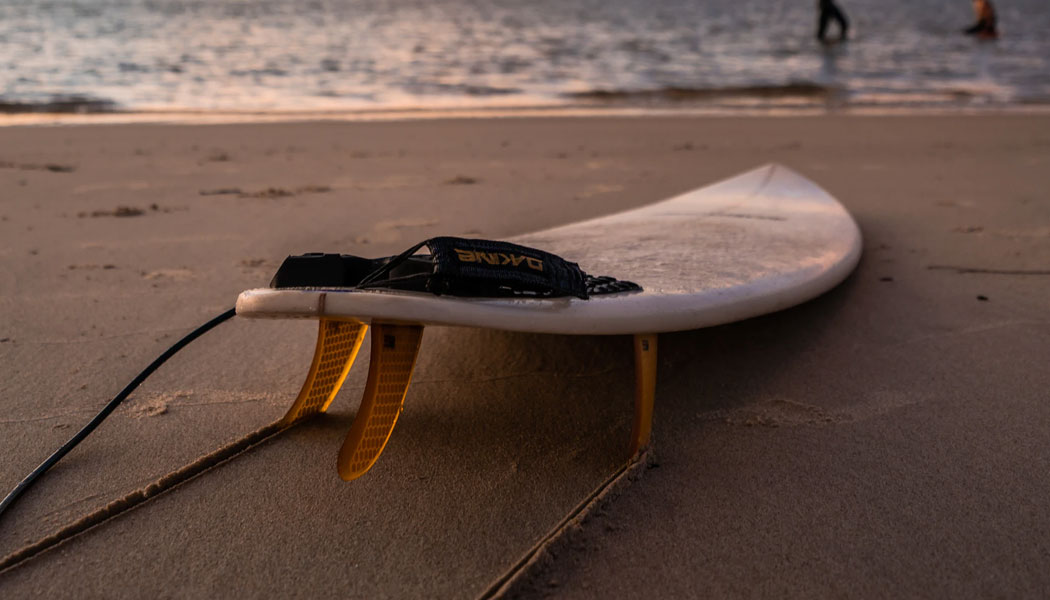Epoxy vs Poly Surfboards: What Surfboard Construction is the Best?
When buying a new surfboard, one of the most common questions is: “What surfboard construction is the best?” The answer often comes down to choosing between Epoxy and Poly (Polyurethane) surfboards. Both have unique characteristics that affect performance, durability, and feel. Let’s break it down so you can choose the perfect board for your needs.
What is an Epoxy Surfboard?
Epoxy surfboards are built with an EPS (expanded polystyrene) foam core and laminated with epoxy resin. This construction makes them lighter, more buoyant, and more durable than traditional poly boards.
- Pros: Lightweight, floats better in weaker waves, highly durable, less prone to dings.
- Cons: Can feel stiffer, less “classic” flex pattern compared to poly boards.
If you’re looking for high-performance epoxy models, check out the Lost Light Speed II at Catalyst.
What is a Poly Surfboard?
Poly (Polyurethane) surfboards use a PU foam core laminated with polyester resin. This is the traditional surfboard construction used for decades by surf legends worldwide.
- Pros: Smooth, responsive flex, classic feel underfoot, great in powerful and clean waves.
- Cons: Heavier, less buoyant, can ding or yellow more easily.
Shop the latest Poly Surfboards at Catalyst to experience that timeless ride.
Epoxy vs Poly: Which is Best for You?
When asking “What surfboard construction is the best?”, consider your local wave conditions, surfing style, and personal preference.
| Feature | Epoxy | Poly |
|---|---|---|
| Weight | Lighter | Heavier |
| Buoyancy | Higher | Lower |
| Durability | More durable | More prone to dings |
| Flex | Stiffer | More natural flex |
| Best For | Small/weak waves, beginners, travelers | Powerful waves, experienced surfers |
Expert Tip
Many surfers own both types of boards to cover all conditions. Epoxy for smaller, weaker days and poly for clean, powerful swells. Explore our full surfboard selection at Catalyst to find your next perfect board.


